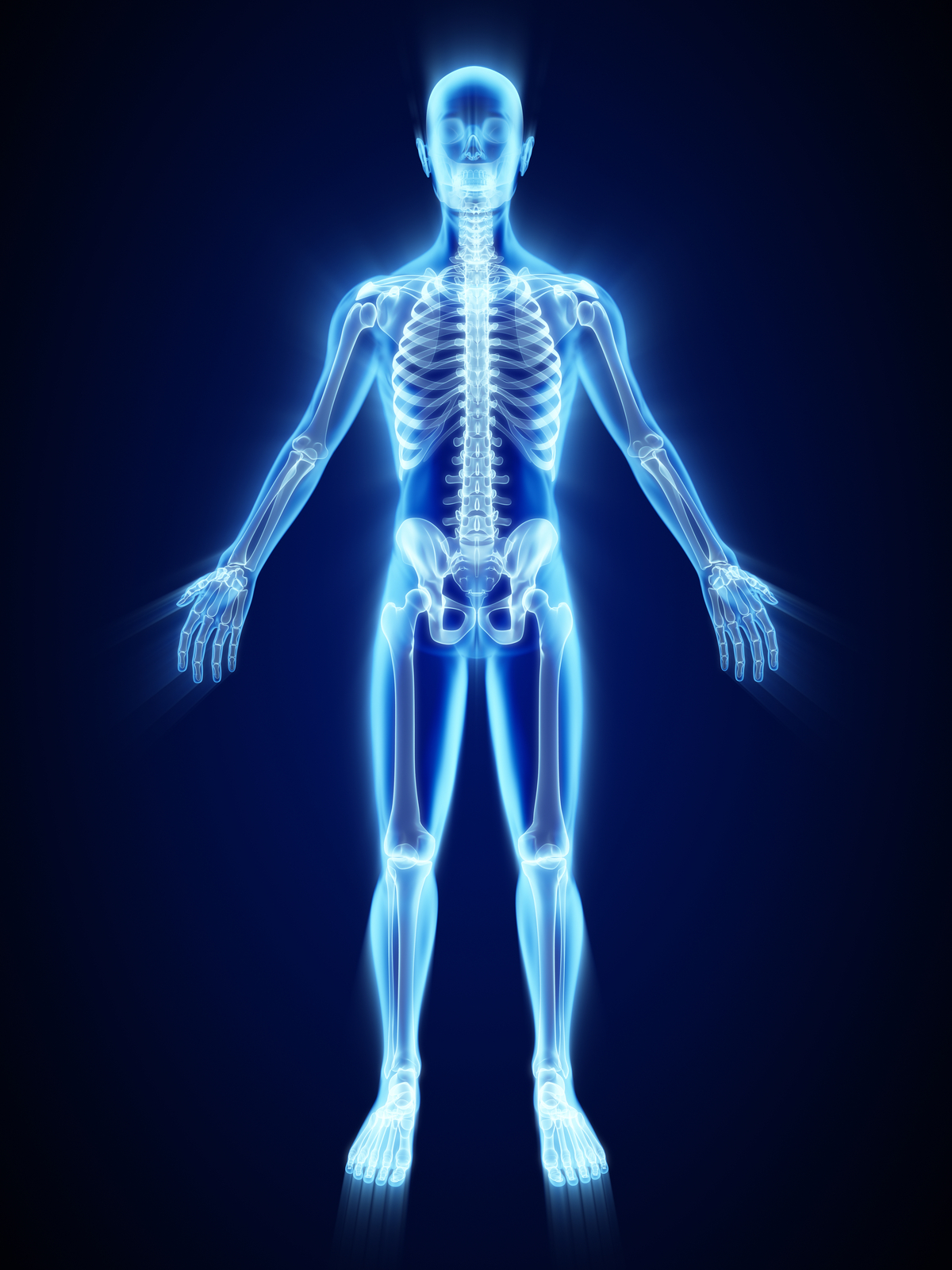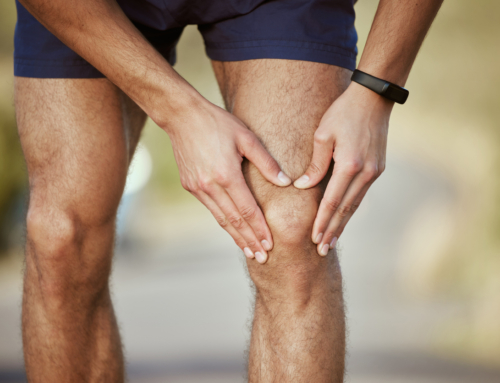by Charleene O’Connor…
The human body is amazing. It is designed to move! Connective tissue, muscles, and bones are all designed to move in space, and respond to different types of stress. Stress, when we talk about the body, can be a good thing. The body’s response to a stressor like gravity or an external weight is what initiates the growth of muscle tissue and allows it to be maintained. Astronauts in space, for example, can lose up to 20% of their muscle mass in just a week without the resistance of gravity! [NASA.gov]. The quality and amount of motion we experience as we grow corresponds to how our musculoskeletal and fascial systems develop.
Our strengths and weaknesses can be confusing when applied to actual pain and dysfunction. The body often adjusts to structural weaknesses, and in adjusting, or compensating, for weakness will produce pain on the “functional” side instead of the weaker side. So, it is important to understand the function of the body before presuming the cause of the pain.
Many talented athletes are actually dysfunctional in posture. Their bodies have developed sports specific compensations. You can see this especially in one-sided sports, like golf or tennis. Have you ever seen the size of a professional tennis player’s “functional” arm compared to their other arm? Over time, athletes with compensation patterns may see their skill sets deteriorate and/ or end up playing in pain. They’ll try everything–tape, brace, orthotics, cortisone, electrical stimulation–so that their bodies can function somewhat better. A functional body will tolerate the most strenuous activity; it is dysfunction and compensations that leave athletes vulnerable to pain and injury.
Unfortunately, we are watching each generation of children, all potential athletes, physically deteriorate faster and at an increasingly younger age because of all the technology they are using, instead of using their bodies to move. These changes in how we live can have serious postural consequences, which lead to anatomical dysfunction, where the musculoskeletal system has not developed normally and therefore alters the body’s ability to function correctly, both physically and mentally.
In functional movement, for instance, when the heel of the foot strikes the ground, the muscles don’t stop there. The shock is transmitted to the joints and the muscles that surround them. If your muscles are working optimally, and you have steady, balanced posture, the shock will be evenly distributed. If you have compensation patterns, the shock narrows to specific places in the sockets of the joints and cartilage can wear away. The same process can be looked at with the postural position of the head. The head should be nicely placed straight on top of the veterbral column. If the head sits far forward of the shoulders (like most people who sit at a desk all day, or kids with all the electronics they are using) or tilted to one side, it is now making the spinal extensor muscles do more work then they normally would.
The entire skeletal system is affected when postural or structural muscles become compromised. This will naturally lead to abnormal wear and tear in the joints, but these misalignments can also affect the optimal performance of the respiratory system, digestive system, and cardiovascular system. All of these systems are dependent on movement to stay healthy. The body works as a whole! That is why my postural work with clients at Nimble Fitness aims to create a program in which each exercise places a specific demand on the body. The ultimate goal of the exercises is to facilitate normal muscle function, and get back to optimal posture.
Time to get up and move!





